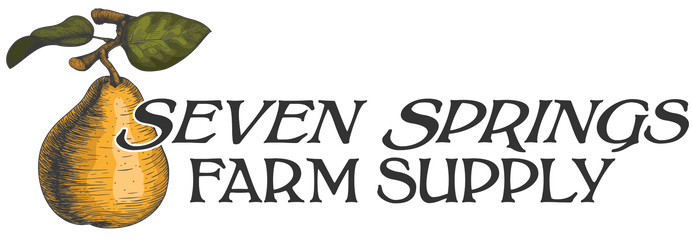
Hemp Cultivation Program
As more states continue to allow the cultivation of hemp for fiber, seed, flower and oil, growers are learning more about the challenges of this versatile crop.
As of this writing, only some states have published lists of allowable materials to be used in hemp production. If you have questions about whether a given material is allowed in your state check with your local Department of Agriculture. As a general guide, refer to the EPA’s list of minimum risk pesticides - also known as 25 (b) pesticides. Typically, materials that are not EPA registered and have ingredients that are labeled for use on food crops are considered eligible for use on hemp. Ultimately, growers should check with the buyer of their crop prior to applying any material.
Fertile, living soil is the foundation of pest and disease management.
Healthy plants are more resilient as well as more productive. Starting with high-quality, virus-free planting stock (or seed) and well-balanced, biologically active soil is the first step towards a successful crop. Please see our Hemp Fertility Plan for a general guide to pre-plant fertility.
As a general principle, preventative treatment is advised for managing diseases. Understanding the life-cycle of a pathogen as well as the local disease pressure will help a grower ensure a clean crop. As always, good air-flow and sunlight are the best cultural controls for most diseases.
Insect pressures will vary annually and depend on where and how plants are grown. We recommend frequent scouting and only treating for insects and/or mites when they are found to be present on the crop. Timely treatment at the beginning of a pest outbreak can keep an infestation from impacting the crop.
Please see these charts detailing common pests and diseases and our recommended organic controls.
Recent changes in federal law will affect pesticide labeling for hemp. As a general rule, it is illegal to apply an EPA registered pesticide to a crop (or for a pest) that is not on the label unless covered by an exemption. Check with your state department of agriculture and your processor prior to applying any material to your hemp crop.
--
Under Virginia law, adults are now permitted to grow up to four plants at home for personal use.
For home growers we recommend the following for four large, happy and healthy plants (in approximately seven-gallon containers):
2 x 45 qt Vermont Compost Jolly Roger or 3 x 1.5 cu ft Coast of Maine Stonington Blend as the primary soil component
2 x 25# Mountain Gate Organics (MGO) Worm Castings blended with either of the above potting mixes
1 gallon Neptune’s Harvest Fish & Seaweed or 1 gallon Brown’s Fish Fertilizer + 1 x 10.7 oz Maxicrop Soluble Seaweed for supplemental foliar or liquid feeding
1 x 4# Coast of Main Stonington Plant Food for additional fertility
Your favorite microbial inoculant
Please take a look around our website for specific macro and micro nutrients, and please see our pests and disease charts for organic control options.

Comments
Leave a comment